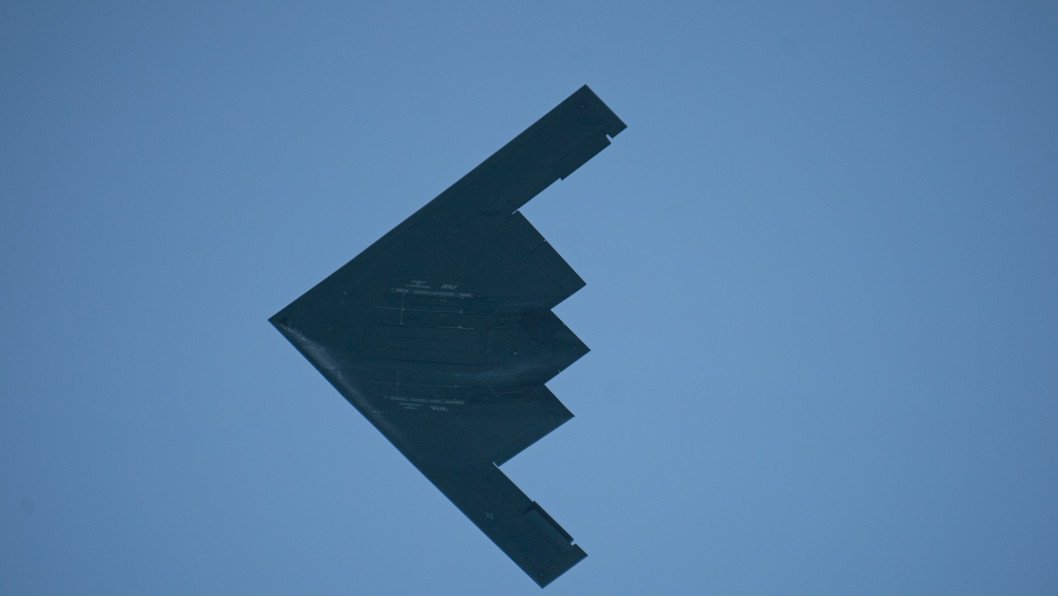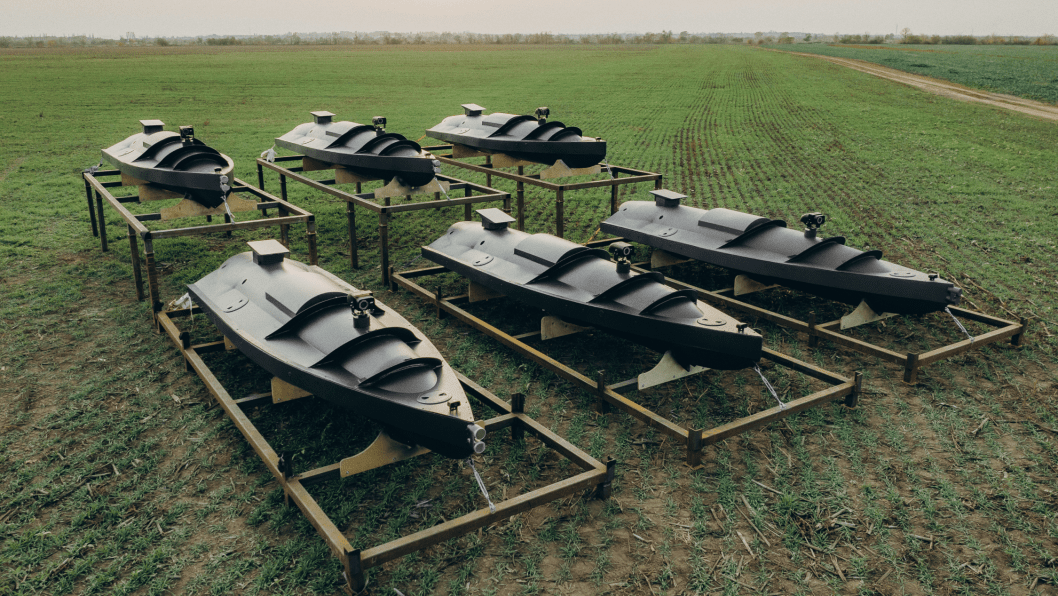- Category
- Latest news
Russia’s “Elite” Tor Air Defenses Fail to Stop US Tomahawk Strike on Iran’s Nuclear Sites

Iran’s air defense systems, including Russian and domestically produced platforms, failed to intercept a coordinated US missile strike on three nuclear facilities during Operation Midnight Hammer on June 22.
The assault involved around 30 Tomahawk cruise missiles launched from an Ohio-class submarine.
According to Defense Express on June 28, the success of the US operation was partly enabled by earlier Israeli strikes that suppressed Iranian air defense positions.
However, the incident also highlights deeper structural weaknesses in Iran’s air defense capabilities, particularly around the Natanz nuclear facility.
Open-source intelligence and satellite imagery from April 2025 revealed that the defenses of the Natanz site included at least two Russian Tor-M1 surface-to-air missile systems and four launchers of the Iranian Khordad-15 system. The radar coverage consisted of four Najm 804 systems and two locally produced copies of the Soviet-era P-12 “Yenisey.”
The Tor-M1 is one of Russia’s most advertised short-range air defense systems, repeatedly described by Russian military sources as “elite,” “all-weather,” and capable of intercepting a wide range of threats—including cruise missiles, precision-guided munitions, and drones—with rapid response times and multi-target engagement.

Russian state media have frequently highlighted its performance in Syria and Ukraine as evidence of its effectiveness in modern combat environments.
Additional analysis from the James Martin Center for Nonproliferation Studies, based on a leaked two-second video from an Iranian command center, confirmed the radar and launcher configurations.
The footage also indicated that radar feeds from four sources were being displayed across three separate monitors—suggesting a lack of integrated sensor fusion.
While it is possible that the video does not reflect the complete air defense setup, analysts concluded that Iranian air defense systems in this location likely operate in a decentralized and fragmented manner, lacking a unified data-sharing capability.
This structural limitation may have contributed to the failure to intercept incoming Tomahawk missiles during the strike.
Earlier, Russia’s attempts to revive its arms exports faced major setbacks—its T-90S tanks lost to Chinese VT-4s in Algeria, and a proposed BMP-3 deal with Vietnam reportedly fell through. Even the S-500 air defense system, touted as next-generation, has only seen limited deployment after S-300 and S-400 failures in Ukraine.



-72b63a4e0c8c475ad81fe3eed3f63729.jpeg)

-641c85635fc08bec084ac4be4d323353.jpg)
